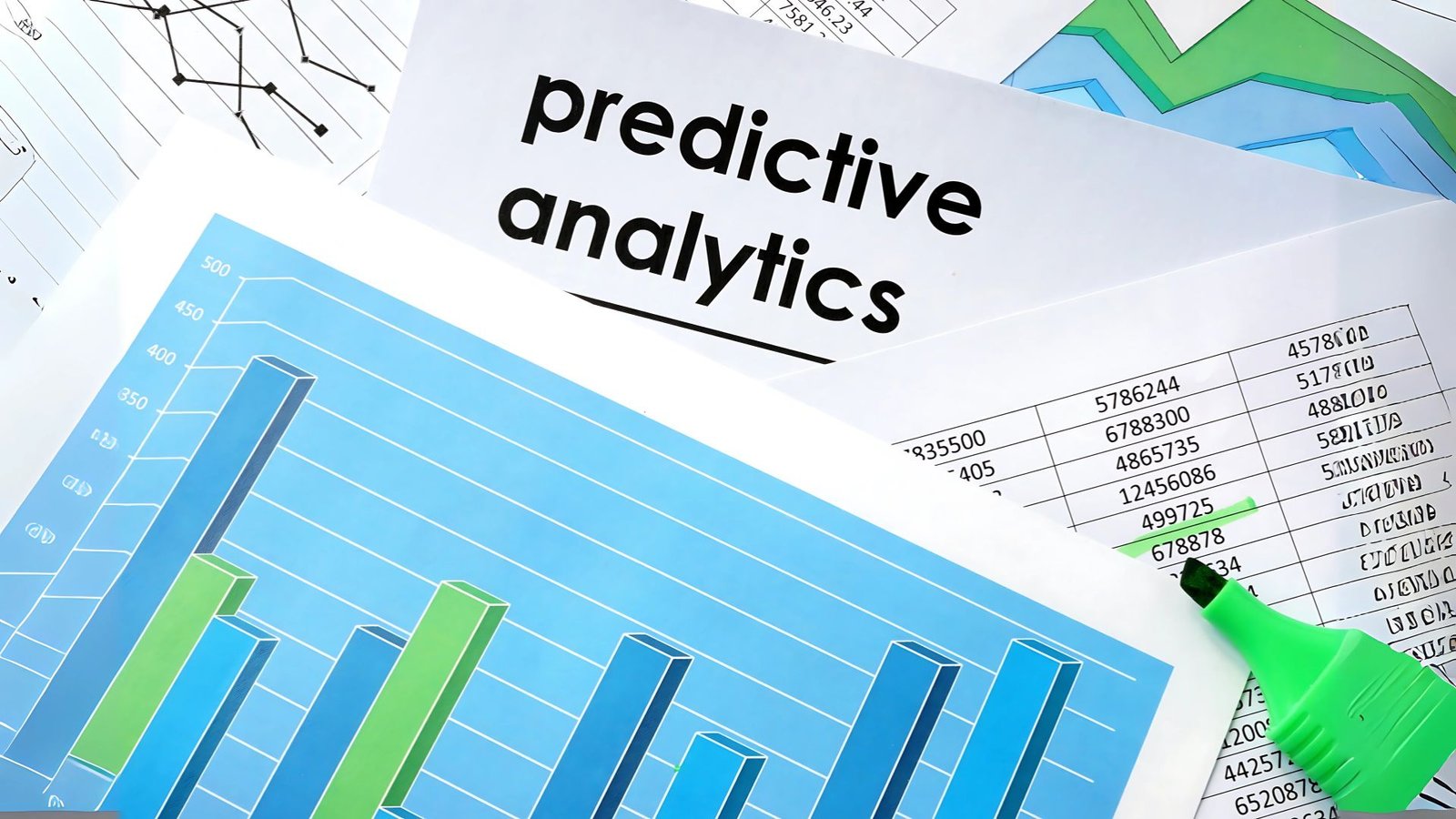
How Predictive Analytics Can Help You Guess What Your Customers Actually Want
How Predictive Analytics Can Help You Guess What Your Customers Actually Want
Let's face it if you could read your customers' minds, running a business would be so much simpler. Since we're not quite there yet with telepathy, predictive analytics is the next best thing. It assists you in identifying trends, predicting behavior, and making better decisions before your customers even realize what they want.
But here's the trick: unless you're using it correctly, you're only guessing. And in a competitive market these days, guessing just doesn't work.
So, how do you really use predictive analytics to gain an advantage? Let's unharmony it.
Why Predictive Analytics Isn't Just Another Buzzword
Remember how Netflix recommended Stranger Things to you before you even realized you'd adore it? That's predictive analytics at work. Not magic, but its data.
Companies that do predictive analytics well don't simply respond to customer behavior; they forecast it. They understand:
Which customers will leave
What product a first-time purchaser will next buy
When someone is going to ditch their cart (and how to prevent them)
But that's where most businesses get it wrong: they gather data without a strategy. They monitor everything but measure nothing. And that's like possessing a treasure map but no shovel.
How to Actually Use Predictive Analytics (Without Overcomplicating It)
1. Begin with the Correct Data (Not More Data)
You don't need all the data points just the relevant ones. Look at:
Purchase history (What do they purchase? How often?)
Behavioral information (Do they surf but never purchase? Which pages do they stay on?)
Engagement metrics (Do they open emails? Click links? opt out of promotions?)
Example: Amazon doesn't only monitor what you purchase it examines what you nearly purchased, what you compared, and how long you deliberated. That's how they get those "You might also like" recommendations right.
2. Identify the Patterns Before They Become Obvious
Predictive analytics is not about responding it's about anticipating trends before they are trends.
Churn prediction: When a customer ceases to be active, their next step could be departure.
Upsell opportunities: A customer who purchases a laptop today may require accessories in a month.
Demand forecasting: If sales surge each summer, order before the flood.
Example: Starbucks uses location, weather patterns, and previous buys to forecast when you'll be in the mood for a Pumpkin Spice Latte sometimes before you are.
3. Personalize Without Being Creepy
People expect to be personalized, but no one likes to feel spied on. The trick? Use data to create value, not to stalk.
Dynamic pricing: Airlines change prices based on demand, but customers hate getting ripped off. Transparency is key.
Personalized recommendations: Spotify's "Discover Weekly" is intimate, not creepy, because it's tailored to your behavior, not general trends.
Bad example: When Target famously announced a teen's pregnancy before her family was aware, it was a flop. Helpful? Absolutely. Ethical? Arguable.
4. Test, Refine, Repeat
Predictive models aren't one-and-done. They require calibration.
A/B test predictions: If your model predicts, "Discounts will boost sales," test it.
Adjust for anomalies: COVID-19 destroyed much of the forecast because no one anticipated a pandemic. Be adaptable.
The Biggest Mistake Companies Make (And How to Prevent It)
They use predictive analytics as a crystal ball something that "foretells the future "Effortlessly.
But here's the truth: Predictive analytics is only good as the questions you pose.
If you're just glancing at historical sales in order to make guesses about future sales, you're not seeing the larger picture. What else is happening:
Competitor action?
Economic changes?
Shifts in customer expectations?
Best predictions come from combining data with real-world understanding.
Stop Guessing, Start Predicting
You don't need a doctorate in data science to benefit from predictive analytics. You just need:
The right data (not everything)
A clear target (what do you want to predict?)
A willingness to evolve (since customers change quickly)
The winners today aren't the ones with the most information they're the ones leveraging it to make better moves before their customers even ask.
So, are you still guessing or are you ready to begin predicting?
Grow your online course business without the tech overwhelm.
Skill Bloomer is your all-in-one solution to create, launch, and scale with ease—designed for educators, coaches, and trainers. No code. No clutter. Just a streamlined platform that lets you focus on what truly matters: teaching, empowering, and changing lives.
